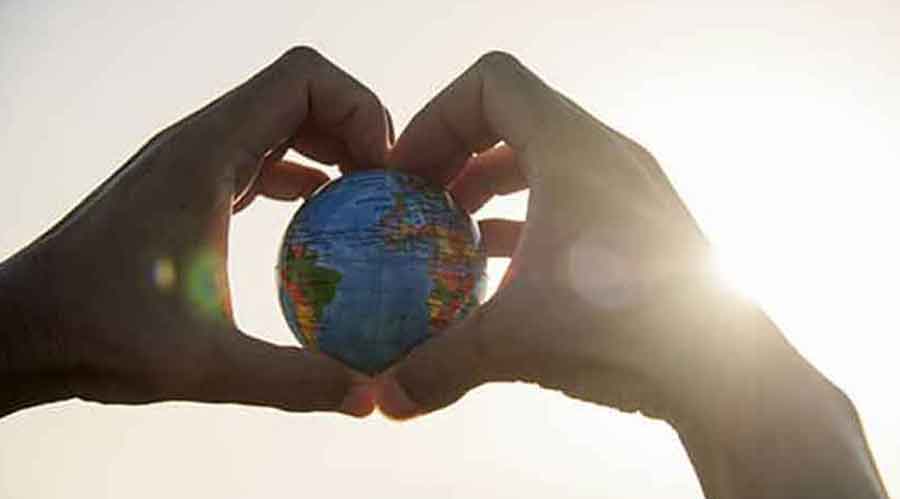At this time of the year, looking back is not unusual, particularly when one has fewer years ahead than behind. When I look back at the time spent on this planet, I see a boatload of people, all of humanity in it. I can’t help the analogy; part of my childhood was spent in the Andaman Islands, and most of my working life has been spent in the Sundarbans. My imagination is limited to watercrafts and water.
The boat has holes aplenty, and almost all of humanity is engaged in a gigantic struggle to sink the boat from within. Should not the normal response be to plug the holes, as fast as possible and as many as them? Apathy and reluctance to plug the holes are what I see. On the surface though, there is a sense of achievement and optimism.
Of the Rio triplets, the climate and the biodiversity conventions this year have seen landmark agreements. A Loss and Damage Fund in the former, and a target within the Kunming Montreal Global Biodiversity Framework to bring at least 30% of terrestrial, inland water and coastal and marine areas under effective conservation and management by 2030 in the latter. Globally, about 17% of terrestrial and 8% of marine areas are within documented protected and conserved areas. For India, the figures stand at 5.26% and 0.24%, respectively. Less than 10% of terrestrial protected areas in the world are both protected and connected. Protected areas without connectivity for movement of species and for ecological processes to function are of little significance. Over time, disconnected protected areas will lose species and will be unable to sustain ecological processes, more so on a warming planet because of range shifts of species due to the impacts of climate change.
Money is expected to flow from developed to developing countries to implement the GBF, at least $20 billion per year by 2025, and $30 billion per year by 2030. A trust fund under the Global Environment Facility is expected to be established next year for this purpose. It is another matter that the Global North has been poor in meeting its commitments to financial support for climate and biodiversity initiatives.
The Living Planet Report 2022, a comprehensive study of trends in global biodiversity and the health of the planet, revealed an average decline of 69% in species populations since 1970. During this period, we have lost half of the world’s corals and are losing forest areas the size of 27 football fields every minute. A million plant and animal species are threatened with extinction. At the beginning of this week, the ministry of environment, forest and climate change informed the Rajya Sabha that 73 species in India, including nine species of mammals, 18 birds, 26reptiles and 20 amphibians, are critically endangered, up from 47 in 2011.
Rapid global warming and unprecedented rate of extinction are two of the largest holes in the boat.
Just a little over a century after James Watt perfected his steam engine, a Swedish scientist, in 1896, published a new idea — the greenhouse effect. He argued that as humanity burned fossil fuels adding carbon dioxide to the earth’s atmosphere, the planet’s average temperature would rise. This ‘greenhouse effect’ was one of many speculations about climate at that time, and not the most plausible. Inadvertently created, one of the larger holes remained unnoticed.
In 1992, the struggle to sink the boat from within intensified. At the Rio Earth Summit, George Bush declared that the American way of life of over-consumption was not negotiable and that the US would have nothing to do with plugging the holes although by 1961, painstaking measurements had shown that the level of carbon dioxide was rising year by year.
In the struggle to sink the boat, nations have been joined by individuals. As the earth’s atmosphere becomes inhospitable and species go extinct, more and more individuals are seeking more of everything, from air-conditioned homes to automobiles, as if demanding their right to wreck the boat. In these democracy-loving times, will it be left to dictators to plug the holes?
Anamitra Anurag Danda is an environmentalist currently serving as Director, Sundarbans Programme, WWF-India and is a Senior Visiting Fellow, ORF











